Cephalexin Side Effects

Cephalexin (brand name Keflex) is an antibiotic used to treat bacterial infections. Please continue reading to learn about some of the side effects of cephalexin, as well as some precautions while taking this medication.
Is cephalexin a good antibiotic?
Cephalexin is a prescription drug that belongs to a group of medications called cephalosporin antibiotics. It is part of a larger family of drugs called beta-lactam antibiotics.
Cephalexin is a first-generation cephalosporin. It is effective against a wide range of infections, including respiratory tract infections, skin infections, middle ear infections, joint and bone infections, genital and urinary tract infections caused by bacteria.
However, while cephalexin can kill bacteria, it or other cephalosporin antibiotics (or any antibiotics for that matter) will not treat colds, flu, and other infections caused by viruses.
The U.S. Food and Drug Administration (FDA) issued warnings regarding the development of drug-resistant bacteria, which has become a public health issue. Therefore, in order to reduce the spread of drug-resistant bacteria while maintaining the effectiveness of all antimicrobial agents, all antibiotics, including cephalexin, should only be used appropriately to prevent and treat infections caused by bacteria per physicians’ instructions. This means you should avoid taking cephalexin antibiotic treatment without talking to a doctor for medical advice.
Also, if you are prescribed this antibiotic, it is important to finish your cephalexin prescription even if you start to feel better after a few days of treatment. Skipping doses or stopping cephalexin too soon can lead to incomplete treatment of your bacterial infection. This can make the bacteria resistant to antibiotics and make it difficult to treat bacterial infections in the future with cephalexin or other antibiotics.
What are the side effects of cephalexin?
Common cephalexin side effects include gastrointestinal symptoms such as nausea, vomiting, diarrhea, stomach pain, indigestion, and heartburn. This medication can also cause tiredness, dizziness, confusion, agitation, headache, joint pain, and genital or vaginal itching.
You should contact your healthcare provider if these side effects are severe or do not go away after a few days.
Some of the side effects of cephalexin are more serious. You should call your doctor immediately or seek emergency medical attention if you experience:
- A severe skin reaction with rash, hives, and itching.
- A severe allergic reaction with swelling of the throat, face, lips, or eyes.
- Other signs and symptoms of a serious allergic reaction such as wheezing or trouble breathing or swallowing.
- Severe stomach pain, stomach cramps, watery or bloody diarrhea, and fever during cephalexin treatment or up to two months after finishing cephalexin.
- Return of infection with signs and symptoms like fever, chills, and sore throat.
- Hallucinations
How long do cephalexin side effects last?
Most of the common side effects of cephalexin, such as including nausea, vomiting, diarrhea, and indigestion, go away on their own within a few days. If you experience stomach upset, taking cephalexin with snacks or meals can help alleviate these symptoms.
What should you not eat when taking cephalexin?
Unless your healthcare professional tells you otherwise, you can continue eating a normal diet while taking cephalexin.
How to take cephalexin?
Cephalexin is available as an oral tablet, capsule, and suspension (liquid) . You can take this medicine with or without food. The usual dose of cephalexin is 250 mg to 500 mg every 6 to 12 hours. The maximum daily dose of cephalexin ranges from 1 gram to 4 grams per day in divided doses, depending on the type of bacterial infection being treated. In children, the cephalexin dose is based on body weight in kilograms.
You should take cephalexin exactly as directed by your healthcare provider. Do not take a higher or lower dose or take it more or less frequently than prescribed.
Take your medicine at around the same time every day. Make sure you mix the oral suspension by shaking the medicine bottle well before using it.
Take your medicine as soon as you remember in case of a missed dose. If it is almost time for the next dose, skip the missed dose and take the next scheduled dose of cephalexin at the regular time.
What are some precautions while taking cephalexin?
- Tell your doctor if you have an allergy to cephalexin, other cephalosporins, penicillin antibiotics, or any other drugs.
- Give a complete medical history to your healthcare professional because cephalexin may not be appropriate for some people, for example, those with gastrointestinal conditions, especially colitis, liver disease, or severe kidney disease.
- Give your healthcare professional a complete list of your medications, including prescription drugs, over-the-counter medicines, and dietary supplements. This can help avoid serious drug interactions.
- Keep all appointments with your healthcare provider during treatment with this antibiotic. Your doctor may want to order some medical tests to check if your infection has cleared.
- Cephalexin is a pregnancy category B drug, meaning there aren’t adequate studies in pregnant women to confirm its safety. Therefore, cephalexin should be used during pregnancy only if there is a clear need. Let your doctor know if you are pregnant or plan to get pregnant while taking this antibiotic.
- Cephalexin is excreted in breast milk. Caution is advised for breastfeeding mothers who take this medicine.
- Overdose symptoms of cephalexin include nausea, vomiting, diarrhea, severe stomach pain, and dark-colored pink or red urine. Call 911 or your local poison control center and seek emergency medical treatment if you experience any of these signs and symptoms.
- Seek emergency medical help for severe adverse effects such as hypersensitivity reactions (anaphylactic allergic reactions) or unusual bleeding.
Wrapping Up - Cephalexin Side Effects
Cephalexin is an antibiotic used to treat a wide variety of severe infections, including respiratory tract infections, ear infections, skin structure infections, joint and bone infections, and genitourinary infections.
Antibiotics, including cephalexin, only treat bacterial infections and are not effective against infections caused by viruses, such as the common cold or flu.
Like all medications, cephalexin carries a risk of side effects. The most common cephalexin side effects are gastrointestinal symptoms that typically resolve in a few days on their own. However, in rare cases, cephalexin can cause more serious adverse effects, including severe allergic reactions that are a medical emergency.
To reduce your risk of side effects and dangerous drug interactions, you should take cephalexin as instructed by a medical professional. Call your doctor for more drug information or if you have further questions about cephalexin's side effects.
References:

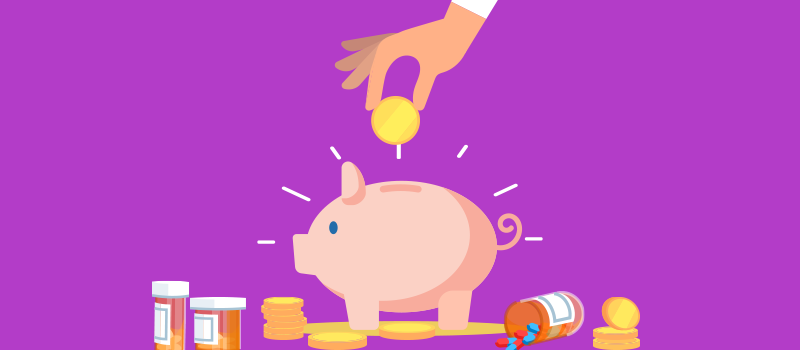

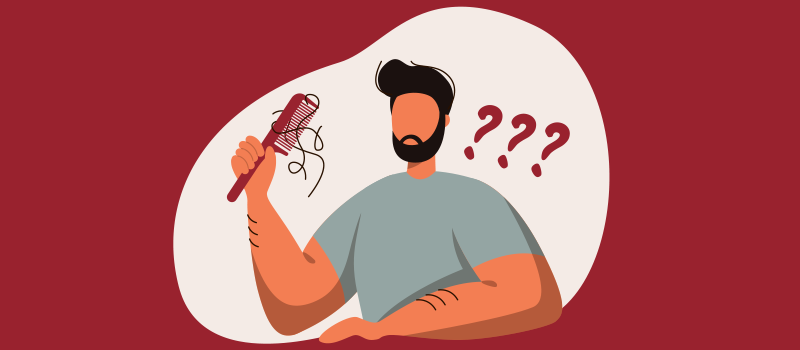




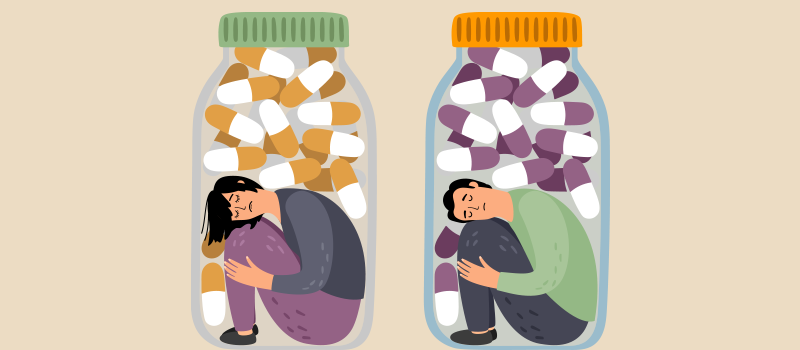

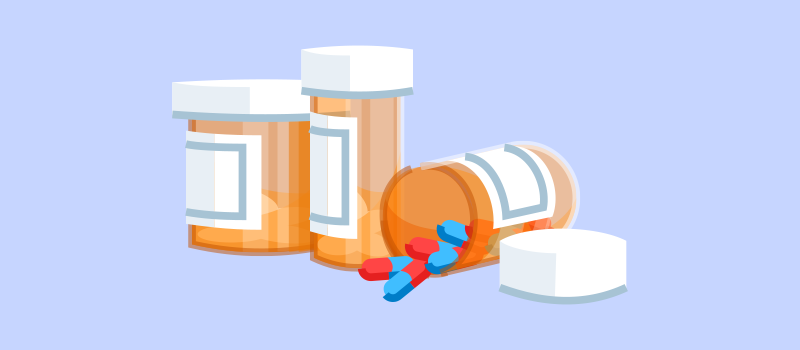
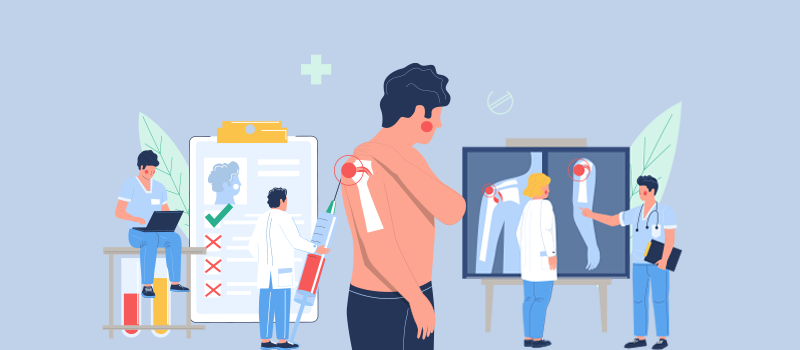
SOCIAL